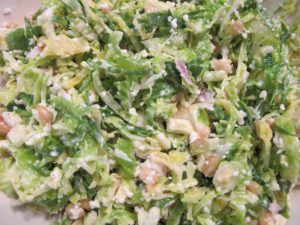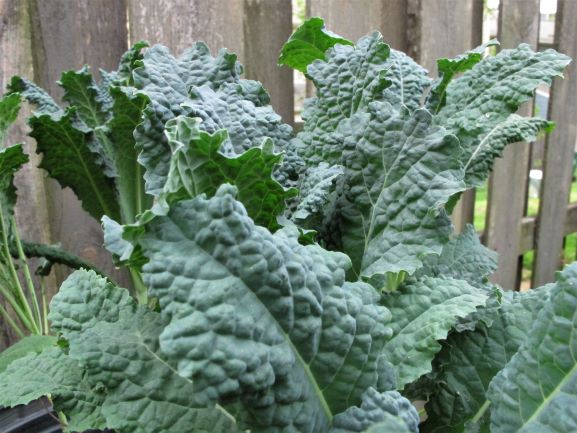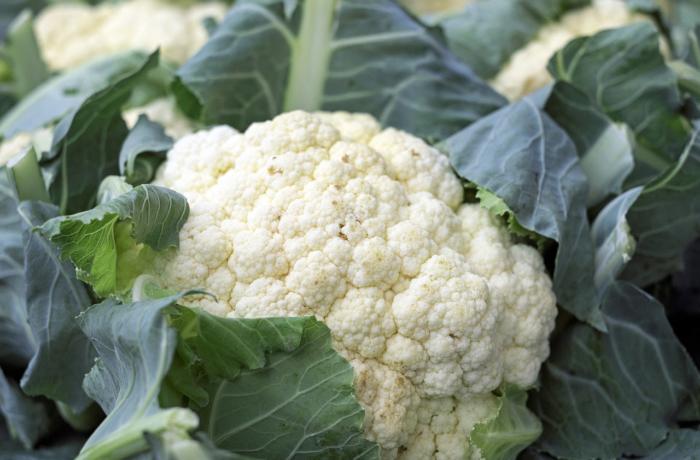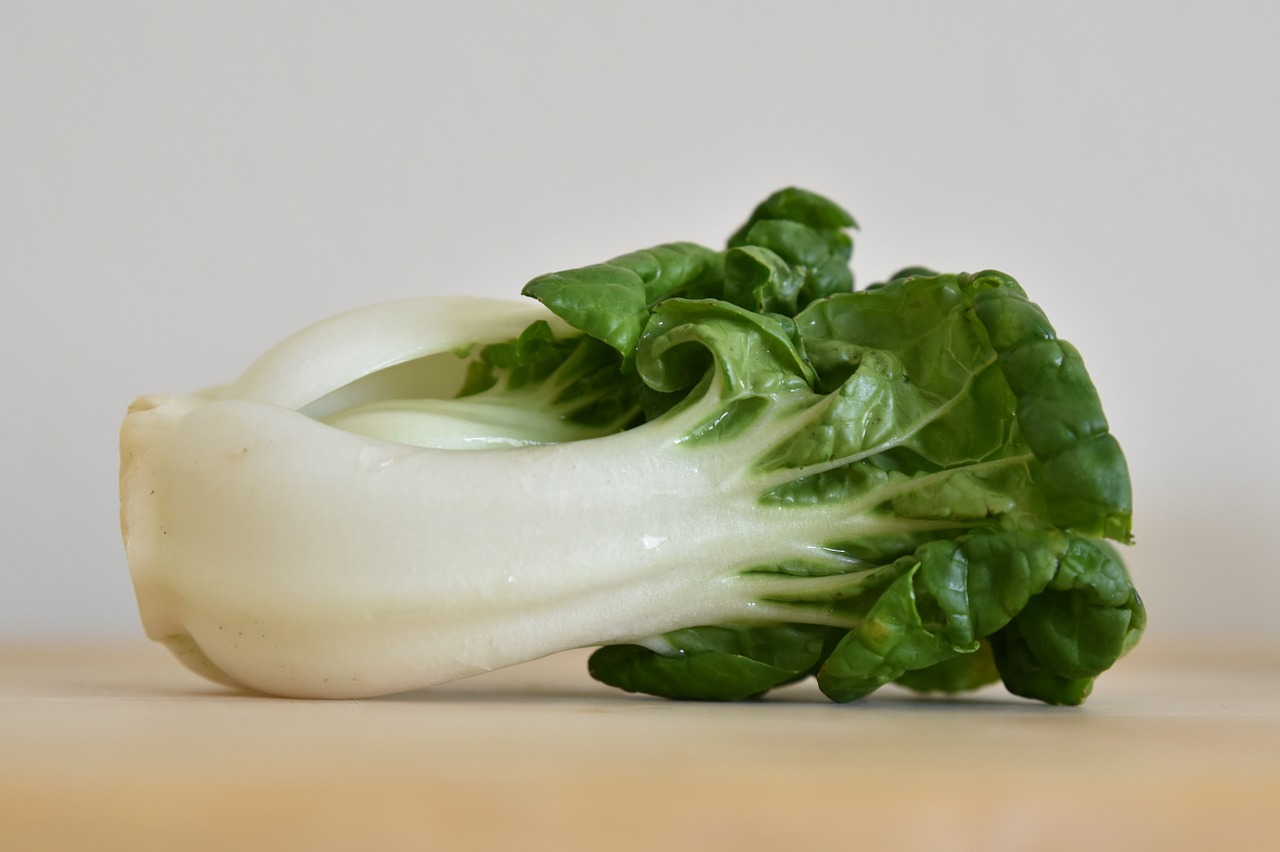Brussels Sprouts Slaw
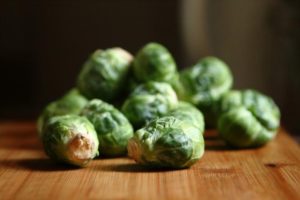
Here’s a recipe for Brussels Sprouts Slaw—absolutely delicious and nutritious! If you like garlic and cheese and pine nuts, you’ll love this dish. And if you like this recipe, you might want to try growing your own Brussels sprouts for super-fresh flavor.
Ingredients
- 1 pound raw Brussels sprouts, rinsed, hard core removed, and finely shredded or sliced. Place in medium size bowl.
- 1/4 to 1/2 cup pine nuts, lightly toasted in dry pan, turning often. Set aside.
- 1/3 to 1/2 cup grated Romano cheese
- Dressing, below
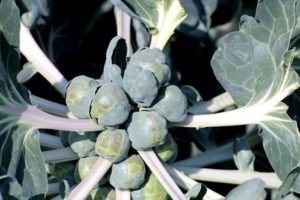
Brussels sprouts grow on the plant’s stem.
Ingredients For The Dressing
- 1 1/2 Tbsp. lemon juice
- 1 small shallot, minced
- 2 tsp. Dijon mustard
- 1 small to medium clove garlic, minced
- 1 to 2 Tbsp. mayonnaise
- 1/4 tsp. salt
- Dash black pepper
- 3 to 4 Tbsp. extra virgin olive oil
Mix together all the dressing ingredients, except the olive oil, in a bowl. Now slowly whisk in the olive oil. Adjust measurements of ingredients, if desired. Some like less mustard; some like more garlic.
And Combine
- Add dressing to Brussels sprouts, mix well, and refrigerate 30 minutes or more.
- Then add the toasted pine nuts.
- Add Romano cheese.
- Adjust salt and pepper, if necessary.
Mix well and serve. This side dish can turn Brussels sprouts haters into Brussels sprouts lovers. Take it on your next picnic or try it as a light dinner. Enjoy!
* * * * * * * * * *
Quickly Cooked Brussels Sprouts
Here’s another simple way to serve Brussels sprouts:
- Rinse the sprouts and cut them in half.
- Add to a pot of boiling water, or steam them in a smaller amount of water to preserve nutrients.
- Let them cook on medium heat for a few minutes, then drain. Cooking longer makes them softer, but be careful not to overcook.
- Either in the empty pot or in a serving bowl, add butter, a bit of salt, and chopped fresh basil to the sprouts.
- Toss and serve.
Brussels sprouts is a member of the Brassicaceae (formerly Cruciferae) family, sometimes called the cruciferous vegetables. This large group of plants also includes arugula, broccoli, cabbage, cauliflower, collards, kale, mustard greens, pac choi, turnip greens, and others.
“Mmm…Sulforaphanes!”
- Miniature broccoli ‘Happy Rich’ my favorite vegetable.
- Dinosaur (‘Lacinato’ or ‘Toscano’) kale.
- Cauliflower.
- Pac choi, or bok choy.
The brassicas are famous not only for their generous vitamins, minerals, and fiber, but also, significantly, for their phytonutrients. And that’s not all—the anti-inflammatory brassicas also contain some protein and Omega-3 fatty acids.
Raw brassicas contain a group of nutrients called sulforaphanes, phytonutrients that help prevent many illnesses, including cancer. They also contribute to cardiovascular health and help preserve eyesight and brain function. No other group of edible plants has nearly the level of antioxidant glucosinolates that this one can boast; I’m not sure they have any!
Cutting up and immediately cooking the brassicas, however, will not produce the beneficial sulforaphanes. But there are 2 ways to get these powerful antioxidants. One is to eat them raw, as in the recipe for Brussels Sprouts Slaw.
The second way is to chop them up and let them sit on the counter for 40 minutes. There’s an enzyme in brassica tissues, called myrosinase, that is needed to produce the sulforaphanes. This enzyme, once activated by damaging the plant cells, needs time to convert sulforaphane precursors into the sulforaphane itself. But myrosinase is destroyed by heat; that’s why we need to wait before cooking them if we want those benefits.
So, if you’re preparing cooked Broccoli One or Two, Collards Soup, or simply adding any of the brassicas to store-bought pizza, steamed greens, or Eggplant Parmigiana, consider this “chop and hold” method of bringing out the best in the brassicas.
Because of the numerous health-giving attributes of the brassicas, I include at least one in my diet every day.
